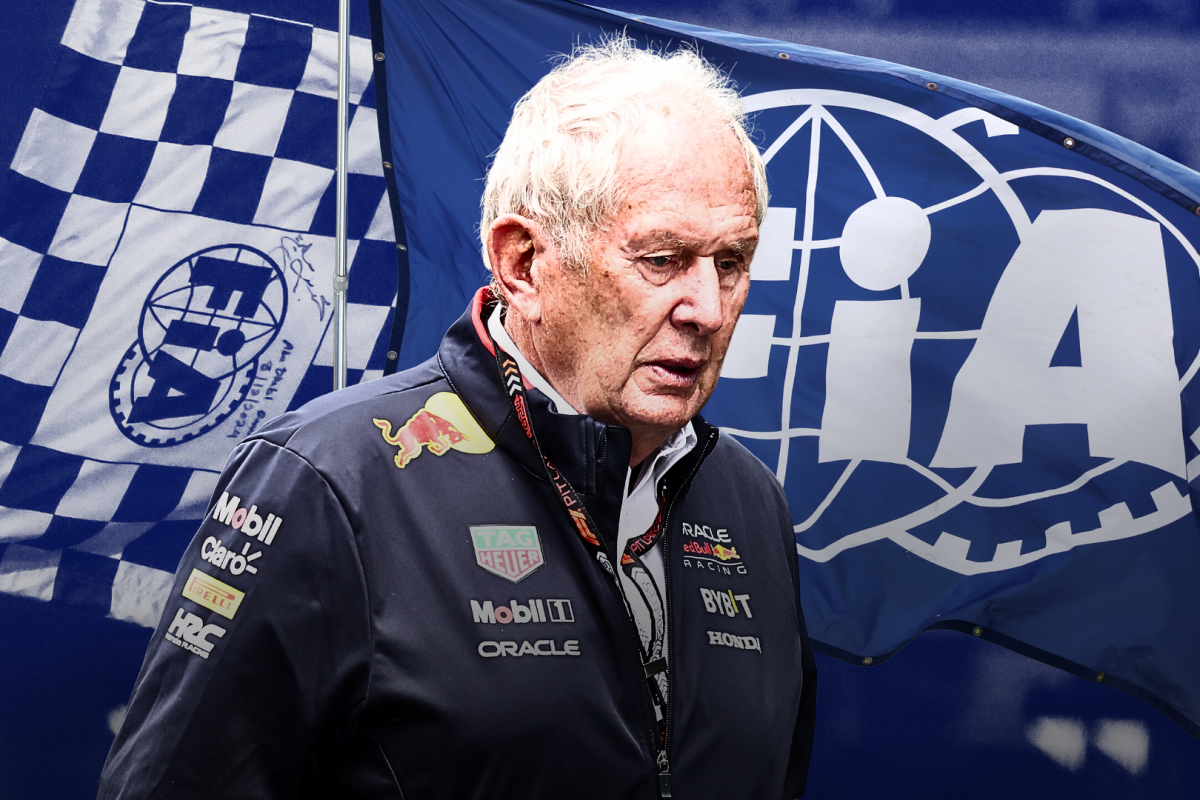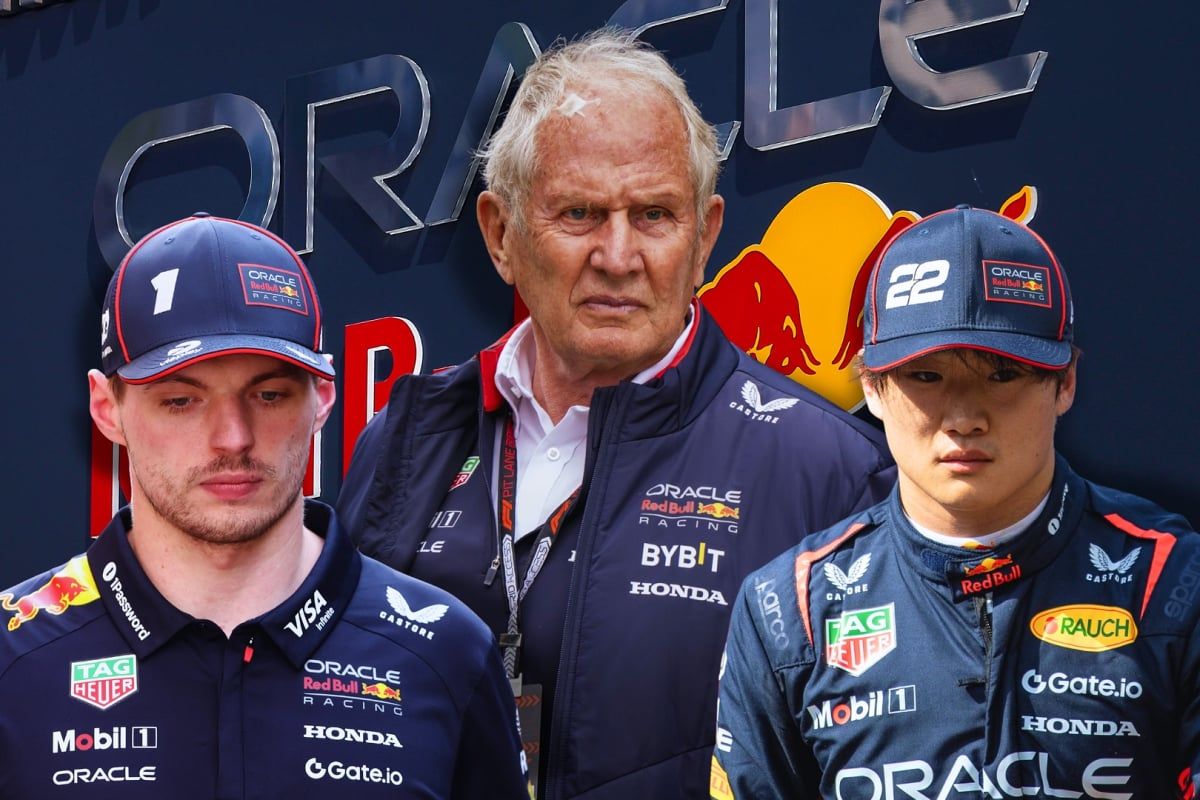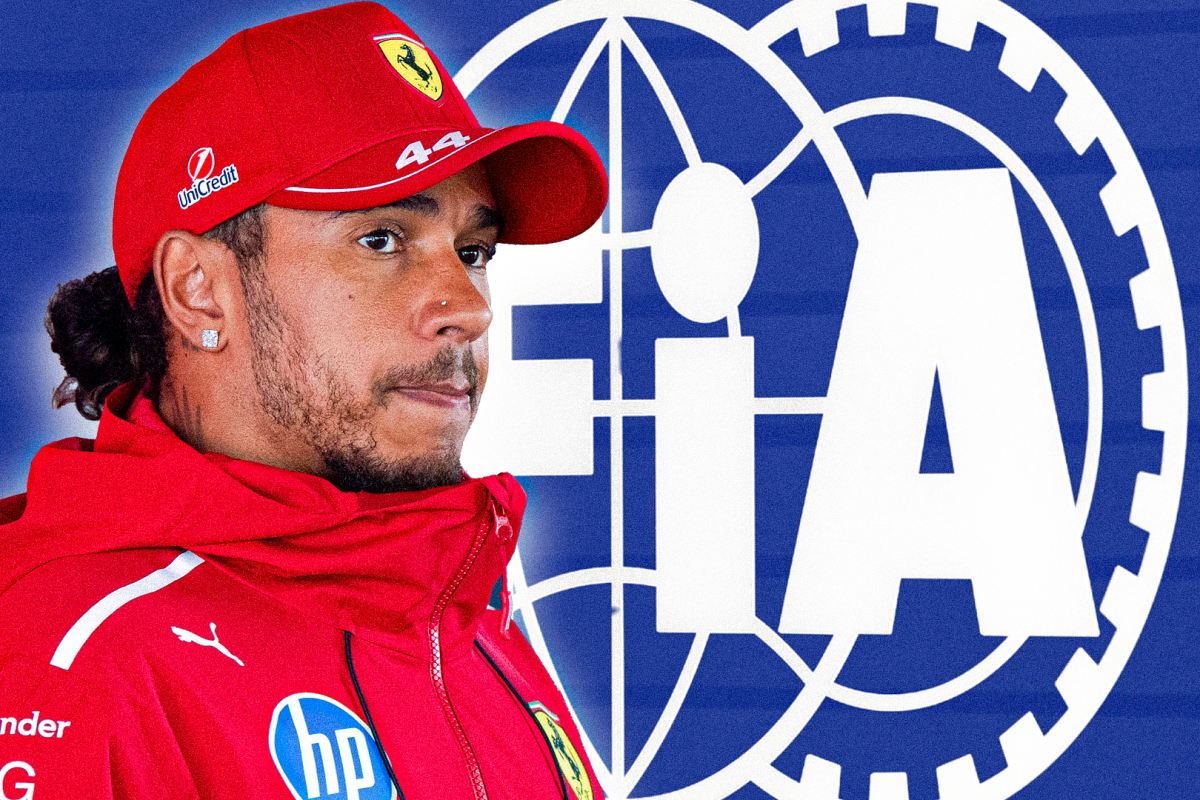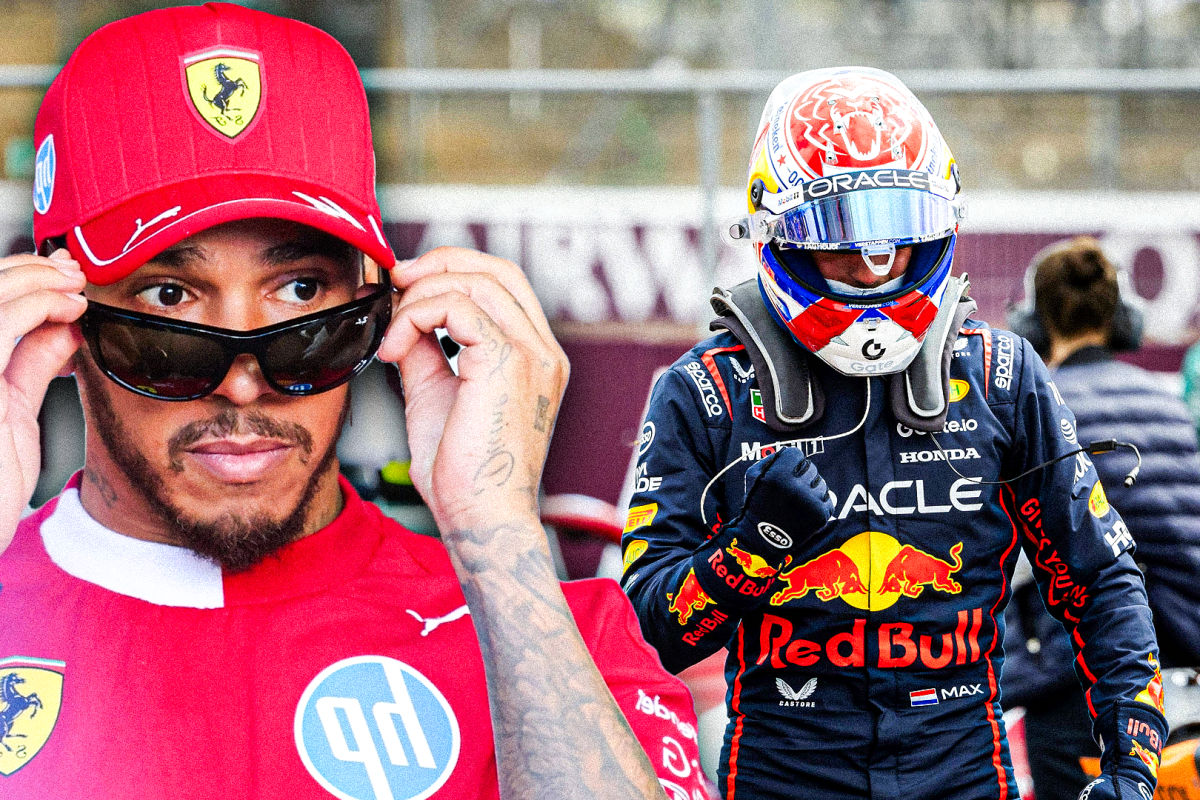FIA Clampdown Threatens to Disrupt Red Bull’s F1 Do… read more
The landscape of Formula 1 is poised for a significant shift as the FIA considers a clampdown on close collaborations between teams—most notably targeting the dynamic between Red Bull Racing and their junior outfit, the Racing Bulls. This regulatory shake-up, scheduled to be part of the broader 2026 rule revamp, is aimed at curbing the influence of so-called A/B-team alliances, a structure that many feel gives certain teams an unfair competitive advantage in the era of budget caps and limited development windows.
The FIA’s single-seater director, Nikolas Tombazis, revealed that a thorough reworking of Section F in the operational regulations is underway. This section will outline stricter boundaries on how teams with affiliations or shared ownership operate. Tombazis stated the objective is to bring clarity and fairness to the sport, especially in light of longstanding concerns about how much information, technology, and strategy may be shared between closely linked teams.
Red Bull’s current model is a clear example of the structure the FIA intends to regulate. With two teams under its umbrella, Red Bull Racing and the Racing Bulls (formerly AlphaTauri), the organization benefits from a unique synergy. Over the years, the junior team has acted as a feeder system, providing young talent like Max Verstappen with invaluable F1 experience before promotion to the main team. Beyond driver development, the potential for shared technical insights, even within legal limits, has long been suspected to give Red Bull an edge.
However, the new regulations would demand a far stricter separation. This includes physical and IT segregation between linked teams. Tombazis emphasized that IT systems would have to be entirely separate to prevent any potential sharing of designs or performance data. Physical boundaries, such as factory access and personnel movement, are also on the table for regulation. The intention is clear: eliminate any loopholes that could be exploited through an alliance that operates under a single corporate structure.
While some rules regarding team collaboration already exist, Tombazis admitted they are difficult to enforce due to their complexity and the need for constant clarifications. This new initiative is a step toward formalizing clearer, more enforceable rules that reduce ambiguity and level the playing field. “We’re trying to formalize some of these things into regulatory structure, so teams can’t play different games,” he said. “We also want to satisfy the teams that don’t have any affiliation, that the key teams that do have a relationship of some sort do not gain an unfair advantage.”
This move has been a long time coming, with team bosses such as McLaren CEO Zak Brown previously voicing concerns. Last season, Brown was vocal in his demand for structural independence across all ten teams in the championship. He acknowledged that Red Bull were playing within the current rules but took issue with the rules themselves. “The sport, as we’re now in the budget cap era, has moved on to where we’re trying to have ten independent teams—from a sporting, political, and technical point of view,” Brown stated. “I think they [Red Bull] are very much playing by the rules. I have an issue with the rules—and believe the FIA needs to address this.”
The implications of these changes could be far-reaching. Red Bull, who have been nearly untouchable in recent seasons with Verstappen leading the charge, may face new operational hurdles. The Racing Bulls would likely be forced to further distance themselves structurally and technically, which could impact their ability to effectively function as a pipeline for talent and development. It may also reduce the strategic flexibility Red Bull has relied on in recent years to maintain their dominance.
This regulatory overhaul reflects Formula 1’s ongoing evolution in the budget cap era, where fairness and parity are increasingly becoming core values. As the sport seeks to ensure a more level playing field for all teams—regardless of financial muscle or ownership structures—the days of interlinked teams working in quiet harmony may soon come to an end.
If enacted, the clampdown will represent one of the most significant governance changes in recent F1 history. It’s a clear signal that the FIA intends to move towards a more transparent and equitable model of competition. While Red Bull may be the team most visibly impacted by this shift, the move is designed to protect the competitive integrity of Formula 1 as a whole—ensuring that every team, regardless of its background or affiliations, plays by the same rules in pursuit of racing glory.




